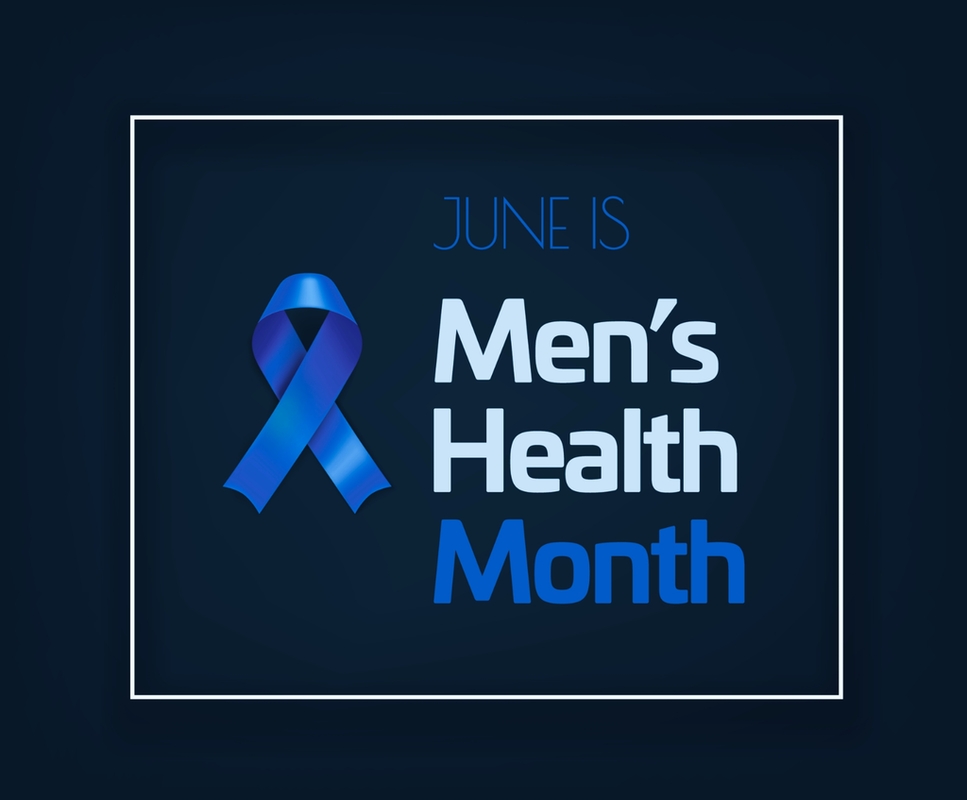September - Peripheral Artery Disease Awareness Month
Various months are used as effective tools in bringing awareness to numerous health issues and diseases. September is designated as Peripheral Artery Disease awareness month. Peripheral Artery Disease, also known as PAD, is very common in the US. According to the CDC, an estimated 6.5 million people at the age of 40 and above in the United States have PAD. This is a serious medical condition that affects millions, occurring when there is a buildup of extra cholesterol and plaque in the arteries, like those found in the legs. This buildup can result in reduced or even blocked blood flow to the legs and/or feet.
Although common, Peripheral Artery Disease is one of the least recognized artery diseases. Symptoms of PAD are often mistaken for other diseases or symptoms are looked at by some as just being ‘out of shape’ and ‘part of the aging process’. Timely detection is key, once detected treatment can begin and pain levels, discomfort and other risks can potentially be decreased.

Are You at Risk for Developing Peripheral Artery Disease (PAD)?
There are various risk factors which can increase your chance of receiving this diagnosis. Risk factors include:
- Smoking – Smokers and former smokers could be at an increased risk.
- Age – Those over the age of 50 coudl be at risk.
- Those with high blood pressure, diabetes, or high cholesterol.
- Those with a family history – For example, if your mother or father has a had PAD, or another vascular disease, heart attack, or stroke.
Signs and Symptoms
PAD can oftentimes go undiagnosed because symptoms are unreported, if not reported in detail, signs and symptoms can be mistaken for a different disease. Left untreated, PAD can greatly impact quality of life. As a good measure, if you experience any of the following signs or symptoms, you should speak with your physician to determine if they could be related with peripheral artery disease.
- Wounds on toes or feet that are non-healing
- Foot sores, foot ulcers
- Decreased nail growth on toes or decreased hair growth on the legs or feet
- Color changes of skin on legs, streaking redness with wounds
- Leg cramps in calves or thighs
- Tired or painful legs during walking
- Decreased walking pace
Diagnosis and Potential Treatments of Peripheral Artery Disease (PAD)
If you believe you or a loved one could be showing signs and symptoms of PAD, schedule an appointment with your healthcare provider. You may need an exam, which could include an Ankle-Brachial (ABI) exam. An ABI is quick and painless and can assist in the determination of how well your blood is flowing throughout your body. Additional testing may be needed.
Treatments may include suggested lifestyle changes, medication, or procedures. Everybody is different and your healthcare provider will be able to determine the best plan of treatment for you as an individual.
Book an Appointment Today
The team of caring and compassionate professionals at Suntree Internal Medicine, of Viera/Suntree, Florida, is dedicated to providing high quality care to each and every patient. Contact us today if you have questions or would like to book an appointment, which you can conveniently do on our website by clicking the ‘Book Appointment’ button on our website, or clicking here.







